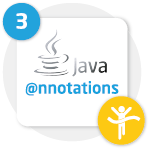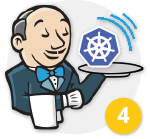Project Management Tools: Jira, Redmine and Easy Redmine review
When it comes to supporting the team in coordinating tasks, long-term projects and goals, the use of project management software is obligatory. This is the only way to transparently map individual planning steps and tasks and organize projects without losing an overview of the respective status, counteract problems in time and ultimately also meet deadlines. This post compares three popular tools: Jira, Redmine and Easy Redmine.
Read more




























